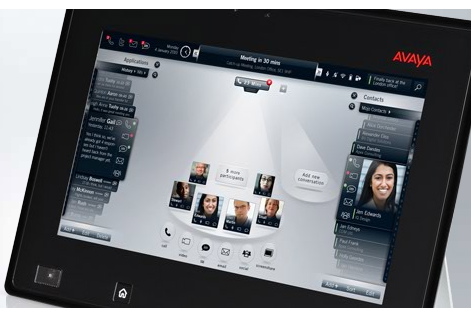A week ago, I participated as a third party analyst in a CIO.com hosted podcast together with Hugh McCullen, the GM of Nortel's Multimedia Services. Here is a synopsis of a few questions and my answers. Here is the second in a series of posts.
Measuring and meeting the technical and business requirements of widespread global conferencing systems is a challenge. You can measure the effectiveness of video conferencing and telepresence systems by looking at signal quality, equipment reliability and integration issues. There are also other, less tangible aspects like the impact on the business and the effectiveness of the conferencing system in increasing productivity. In your view, what are some of the most effective means for measuring conferencing system effectiveness? How can global enterprises ensure that they’re getting the maximum return on their investments in high definition video conferencing and telepresence?
Measuring internal services has always been an issue for users and IT organizations alike. The typical methods of measurement are user satisfaction surveys which is a solid tool for directional comparisons over time for example, contrasting a sample of user satisfaction this quarter versus last quarter. Is it up? Is it down and usually more importantly, why?
I believe the most useful techniques in measuring effectiveness is to measure repeat usage. The scheduling system should know and be able to calculate what the interval between sessions is. If things are improving, this time interval will shorten, and if things are worse, they'll lengthen. That's because people will repeat positive experiences, or at least will want to repeat positive experiences and will avoid to repeat unpleasant experiences.
Some clients estimate the travel avoided. They do this through a post-session online survey. With the same answers, you can calculate the carbon dioxide offsets avoided too. Only a few estimate the time of travel avoided. This is probably the biggest impact to the business. Employees now have time to do their jobs better, which one would think will lead to higher revenues, and higher revenues per employee.
In terms of maximizing ROI there are two parts to the equation – the investment and the return.
I always advise clients to invest in quality. This is the greatest factor in assuring that users come back again and again. Make it a pleasant experience. It's worth it.
Secondly, they need to invest in quality management and quality operations. Network uptime is fraught with frequent stochastic and otherwise random events that greatly affect the user experience. Having the engineering talent ready to pounce on the network when that happens and can work to prevent it from happening again helps. Managed service providers do exactly this.
Thirdly, the key is to imbed the use of the service directly into the corporate culture. Make it desirable to do telepresence and HD by making it undesirable to travel. Executives have to take the lead here by making it a social responsibility to avoid travel. They can do this by talking about it. They can do this by rearranging their own travel agendas to free up time for video communications. They can do this by publishing a list of the greatest travelers to the least travelers. Even publishing only the top 10 travelers for the quarter can allow for enormous peer pressure to change behavior.









